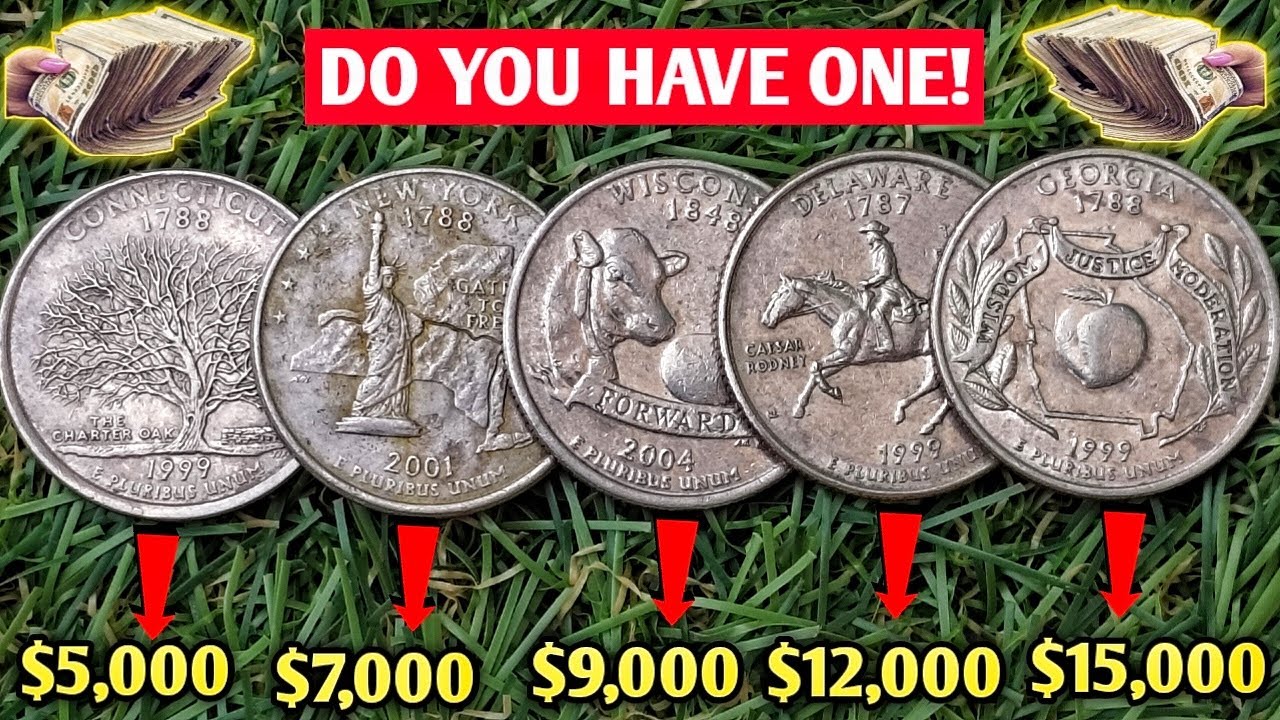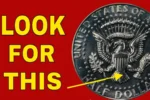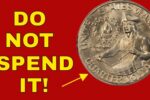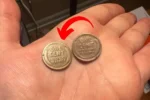4 Rare Coins From The 1920s That Could Make You Rich
We often look for treasure in big places — land, property, or businesses. But sometimes, the real treasure can be found in the smallest, most unexpected things — like coins. Believe it or not, there are coins from the 1920s still lying forgotten in drawers, jars, or family collections that are now worth thousands or even millions of dollars.
In this article, we’ll talk about four rare coins from the 1920s that could turn your simple collection into a valuable one. These coins are not just old; they are rare, unique, and highly desirable to collectors around the world.
Why Are Old Coins Valuable?
Old coins aren’t just money — they’re a piece of history. Their value increases over time due to:
-
Low mintage (few were made)
-
Minting errors
-
Historical significance
-
Metal content like gold or silver
-
High collector demand
If a coin from the 1920s has any of these qualities, it could be worth far more than its face value.
4 Rare Coins From the 1920s Worth Big Money
Let’s take a close look at the top four valuable coins from the 1920s that could still be found in someone’s personal collection.
Overview Table: Rare Coins of the 1920s
| Coin Name | Year | Current Estimated Value | Key Features |
|---|---|---|---|
| 1921 Peace Dollar | 1921 | $100,000+ | High relief design, low mintage, silver content |
| 1926-S Buffalo Nickel | 1926 | $75,000+ | Scarce in mint state, low production |
| 1927-D Saint-Gaudens Double Eagle | 1927 | $1 million+ | Rare gold coin, most melted after minting |
| 1920-S Lincoln Wheat Penny | 1920 | $10,000+ | Rare in top condition, San Francisco mint |
1. 1921 Peace Dollar
The Peace Dollar was first released in 1921 to mark the end of World War I. That year’s version is very special because it features a high-relief design, meaning the image on the coin is more raised than usual, giving it a beautiful look.
However, the high-relief design was difficult to produce, and only about 1 million were minted. Today, the 1921 Peace Dollar in mint condition can sell for over $100,000.
Collectors love it because of its design, silver content, and historical significance. If you have one, make sure it’s checked by a professional grader.
2. 1926-S Buffalo Nickel
The Buffalo Nickel, also known as the Indian Head Nickel, was produced from 1913 to 1938. Among all the Buffalo Nickels, the 1926-S version is one of the rarest in high grade. While millions were made, most of them were used and worn out in daily circulation.
Finding a 1926-S Buffalo Nickel in great condition is very rare, and such coins have sold for more than $75,000 at auctions. The mint mark “S” on the back under “Five Cents” shows it was minted in San Francisco.
Even if it’s not in perfect condition, your coin could still be worth hundreds or thousands of dollars.
3. 1927-D Saint-Gaudens Double Eagle
This is a legendary coin in the world of coin collecting. The Saint-Gaudens Double Eagle was a $20 gold coin designed by the famous sculptor Augustus Saint-Gaudens.
In 1927, the Denver Mint (D mint mark) produced only a small number of these coins. What makes them even rarer is that many were melted down during the Great Depression when the U.S. government called in gold coins.
Today, a 1927-D Double Eagle is one of the most valuable American coins in existence — with a value over $1 million. If you inherited a coin collection from a relative, it’s worth checking to see if one of these beauties is in there.
4. 1920-S Lincoln Wheat Penny
This humble-looking penny could be worth a small fortune. The 1920-S Lincoln Wheat Penny was minted in San Francisco and is hard to find in excellent condition. Most of the coins from that mint had weak strikes, and the quality was often poor.
A 1920-S penny in top-grade condition (with a shiny, smooth surface and no damage) can sell for over $10,000. That’s not bad for a one-cent coin.
So if you have old pennies lying around, especially from the 1920s, it might be worth looking for the tiny “S” mark below the date.
Tips to Identify Valuable Coins
Here are some basic things to keep in mind when checking your coins:
-
Look at the Date and Mint Mark: The letter under the date tells you where the coin was made (e.g., D for Denver, S for San Francisco).
-
Check for Errors: Missing letters, double stamps, or weird shapes can make a coin very valuable.
-
Examine the Condition: The better the condition, the higher the value.
-
Use a Magnifying Glass: Small details can make a big difference.
-
Never Clean Your Coins: It might seem helpful, but cleaning lowers the value.
FAQs About Rare 1920s Coins
Q1: Can I find any of these rare coins in my house or family collection?
Yes, many people have inherited old coins without knowing their value. Always check old jars, coin albums, or safe boxes.
Q2: What does the “S” or “D” mint mark mean?
The letter shows where the coin was minted. “S” stands for San Francisco, “D” for Denver, and no mark usually means Philadelphia.
Q3: How do I know if my coin is valuable?
Research the coin’s year, mint mark, and condition. You can also take it to a local coin dealer or send it to a coin grading service for a professional opinion.
Q4: Is it safe to sell rare coins online?
Yes, but be careful. Use trusted auction sites or contact a well-known coin dealer. Always ask for a proper valuation first.
Q5: Should I clean my coin before selling it?
No. Cleaning a coin removes the original surface and can reduce its value. Collectors prefer coins in their natural state.
Final Thoughts
The coins in your collection or even your pocket change might be more than just spare currency — they could be a doorway to unexpected wealth. Coins like the 1921 Peace Dollar, 1926-S Buffalo Nickel, 1927-D Saint-Gaudens Double Eagle, and 1920-S Lincoln Wheat Penny are not only rare but could be worth thousands or even millions.
So, take a second look before you toss that old coin aside. That piece of history might just be your key to a fortune.




